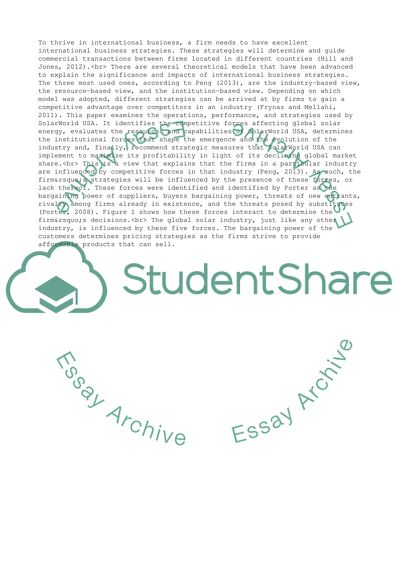Cite this document
(Global Strategic Management Case Study Example | Topics and Well Written Essays - 1500 words - 3, n.d.)
Global Strategic Management Case Study Example | Topics and Well Written Essays - 1500 words - 3. Retrieved from https://studentshare.org/management/1632323-international-business-strategy
Global Strategic Management Case Study Example | Topics and Well Written Essays - 1500 words - 3. Retrieved from https://studentshare.org/management/1632323-international-business-strategy
(Global Strategic Management Case Study Example | Topics and Well Written Essays - 1500 Words - 3)
Global Strategic Management Case Study Example | Topics and Well Written Essays - 1500 Words - 3. https://studentshare.org/management/1632323-international-business-strategy.
Global Strategic Management Case Study Example | Topics and Well Written Essays - 1500 Words - 3. https://studentshare.org/management/1632323-international-business-strategy.
“Global Strategic Management Case Study Example | Topics and Well Written Essays - 1500 Words - 3”, n.d. https://studentshare.org/management/1632323-international-business-strategy.


